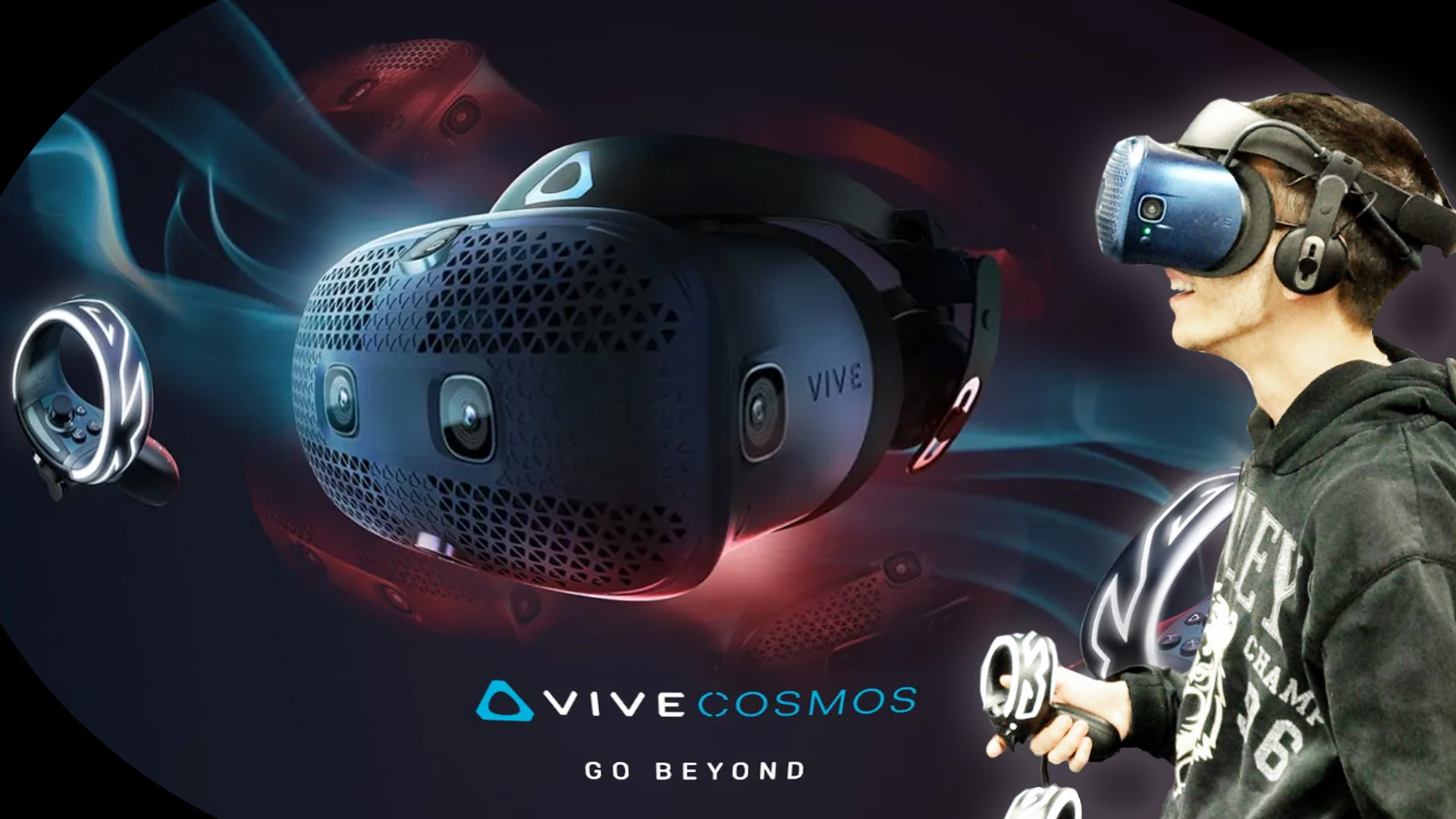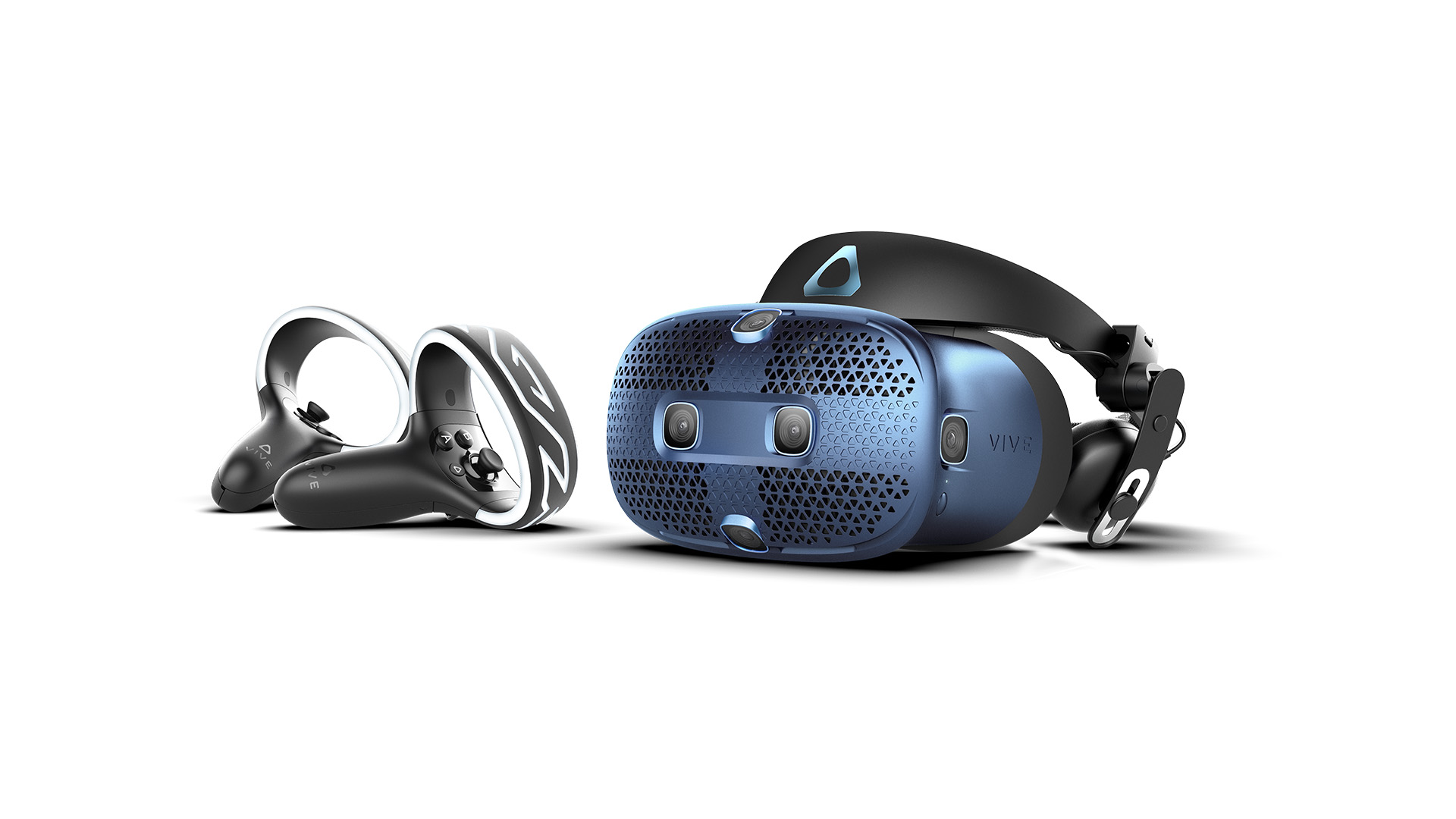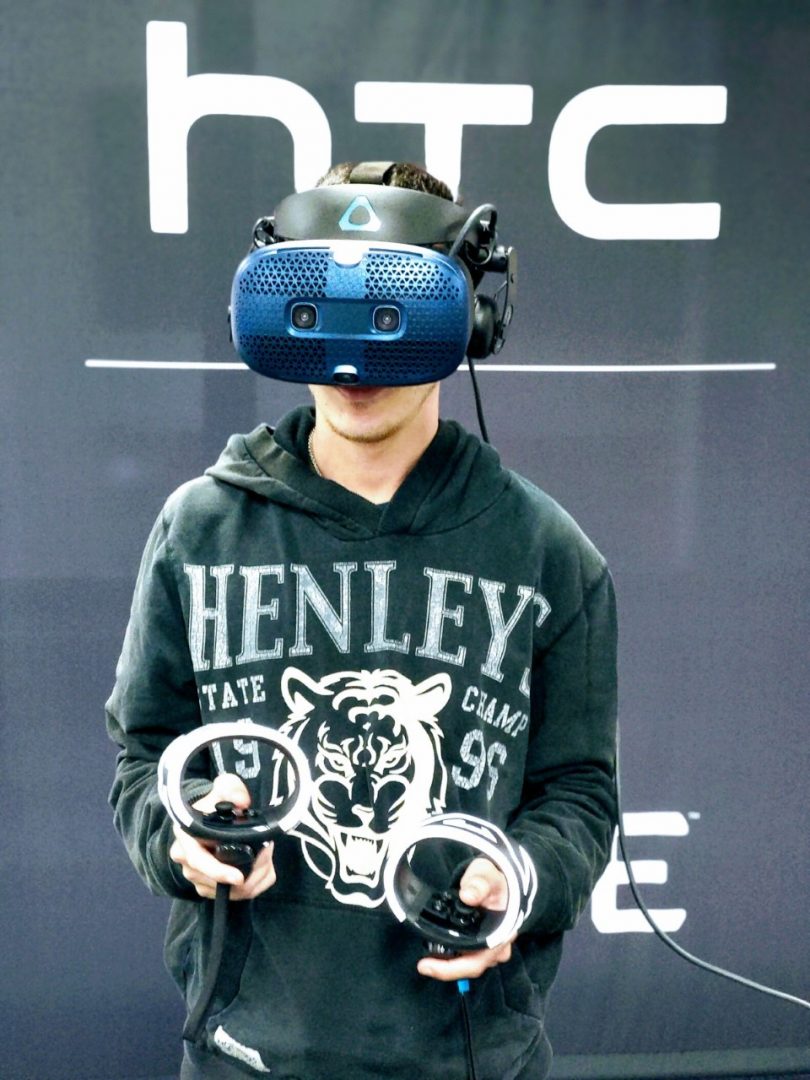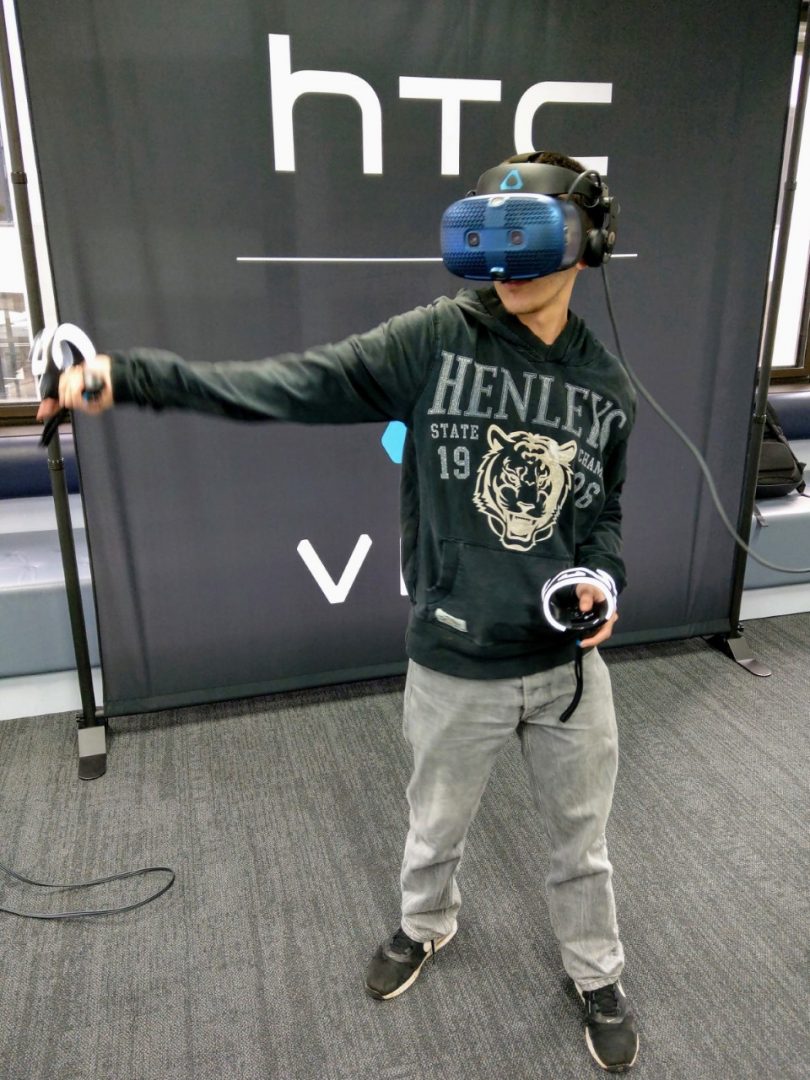
I think it is safe to say that, a lot like actual reality, virtual reality is here to stay. With more and more businesses and developers supporting VR devices or the big three (Oculus, HTC and Sony), it’s no more the gimmick it was once perceived as. What’s particularly interesting to see is the different directions each of these players are taking. Sony are going for the larger gaming market, relying on a weaker but cheap way to play high quality VR titles backed-on their pedigree of putting out great exclusive games. Oculus on the other hand, recently launched the Oculus Quest, which has been generating quite the buzz around it. Starting in October, it’s Vive’s turn to show the world what they’ve been working away at since their last product. The Vive Cosmos is a PC-VR device that aims for premium and makes its own small innovations in the VR space. There is no doubt the Vive Cosmos is the most powerful VR device on the market, however as with anything power isn’t the defining factor in the success of a console or hardware. Let’s take a look at what this beast of a unit offers to see if this device is the right one for you.
I was extremely fortunate enough to be invited down to try out the Vive Cosmos last week where I got to seamlessly switch between the original HTC Vive and Cosmos to see if there are any noticeable differences between the two and there was a lot! Let’s start with the build of the headset. I personally feel no VR headset has perfected the comforting factor of wearing a VR headset. So far, the PSVR has been the most comfortable with the first iterations of the HTC Vive and Oculus Rift being rough around the edges.
However, the team behind the design of the headset have been very intentional to the additions and changes they’ve made. Strapping on the headset is a lot easier than previous iterations and the design seems to place weight on the nose area without actually pushing down on it. While I love my PSVR (which I consider the most comfortable headset), I can get headaches after an hour or two of gameplay. I played about the same during my session with the Vice Cosmos and was happy to report that I felt fine after my session with little to no pressure on my face at all.
The most noticeable thing from a visual perspective is the new face plate, which can be customized with other plates. The stock face plate that comes packaged with the device comes with grooves and holes which allow for significantly improved air circulation. This is actually a big one as wearing an enclosed device over your head, while being physically active dehydrates and strains the head area. Moreover, you can flip the face plate up at anytime you want to leave the “VR world.” This is a small but critical feature especially for someone like me who gets frustrated every time I want to check my phone or look up a video guide for a VR game I’m playing because the headset is too bulky to move around. This simple but effective addition relieves all of that while minimising disruptions to the immersive factor VR brings.
The other noticeable improvement is the external cameras allowing inside-out tracking for a wireless experience. While the Vive Cosmos isn’t the first to do this, it is a welcome feature since wires are the Achilles’ heel of VR devices at the moment. Furthermore, the Vive Cosmos also supports eye-tracking, and while I didn’t get shown a demo of how this could work, I can already imagine the potential it brings with utilities and video games. It appears to be the next big trend everyone jumps on after going wireless. Finally, the headset also comes with built-in earphones, which (like the face plate) can be lifted away at any time for your convenience.
Another aspect I was quite impressed with were the new controllers, which are quite possibly the best VR motion controls on the market. The design borrows a bit from the original Vive controllers that have big round rings that glow during active use and provide accurate motion control tracking. There are triggers and bumper buttons with a nice weight and feedback to them, reminding me of the quality expected from your typical Xbox One or DualShock 4 controller. I played one demo where I was dual-wielding two swords and everything felt very natural in my hands, while I was swinging my blades around frantically getting my arse handed to me.

The most exciting thing is surprisingly the addition of sticks. It sounds dumb to say but most of the VR motion controllers don’t include sticks and as someone who prefers to sit down to play VR games, sticks are something I welcome. It just has a nice familiarity to it and I don’t want to always move around physically (but yes, Cosmos still supports room-scale VR for free movement). Overall the controllers feel really nice and natural to hold. My only comment is that I feel these controllers may start to feel heavy over long playing periods, especially because the weight distribution isn’t symmetrical like a traditional controller.
What about the power of the device itself? Well, the Cosmos is primed to be one of the most powerful headsets out there, supporting 1440×1700 pixels in each eye (making it edge out the HTC Vive Pro) using an RGB display to minimize the screen door effect. I was asked to wear the first iteration of the HTC Vive to make a comparison and the difference is immediately noticeable.
While the visuals on the original device was plagued with little black dots (the screen door effect), the Cosmos had eliminated them almost entirely and while the resolution on the original Vive is certainly solid the pixel clarity on the Cosmos blows it out of the water. I played through a demo where I was navigating and interacting with a virtual art museum. One of the artworks involved me teleporting inside a painting where I was transported to a dark, yet colourful comic-book styled world where the colours and outlines were so defined, I felt like these objects were real objects right in front of my face. Everything was crystal clear, which is a noticeable change from first-generation VR headsets that beginning to show their age on the pixel front.


That’s the hardware ticking all the boxes, but what about the software? While I certainly loved all the artworks in the virtual museum and fighting generic soldiers in an arena, there was nothing I was blown away by. Of course, Steam VR has a plethora of games that support the Vive headset so buyers have access to 1000s of games out the box, but the exciting thing about any new game hardware is that killer new software and the Cosmos doesn’t seem to have that.
However, this might be because the Vive Cosmos is going beyond video games, which was evident in the virtual museum tour demo (where people created their piece in VR to display for others to tour and experience their creations). In my conversations with the staff member, it became clear to me that Vive is taking a huge interest in the corporate and business markets offering VR solutions to businesses. Not only is this a great way to diversify the device, but VR’s potential definitely goes way beyond games and Vive are already seeing the fruits of that labour with partnering up with big corporations like IKEA.
For example, outside of my life’s work (writing for WellPlayed) I provide electronic and digital solutions for the legal industry including court rooms. One thing that the Vive team has worked on with other businesses is implementing a virtual court room for practitioners to become more confident in themselves or for vulnerable witnesses to appear and give evidence remotely. This is just one example in one industry and it’s exciting to see and hear that Vive is being used in the enterprise sector.
I was quite surprised with the Vive Cosmos. It is without a doubt the most powerful and capable headset on the market, and while its $1299 AUD price tag is quite high, you are paying for quality and support for most VR-ready PCs and laptops, so you might not have to build a new PC specifically for it. It makes significant hardware improvements to its ergonomics, face plate, inside-out tracking, improved controllers and headset build while making a huge jump in image quality and eliminating the screen door effect. While this wasn’t the most attractive demonstration from a video games perspective, the potential beyond video games is immensely exciting. Vive Cosmos releases 4 October 2019 in Australia.
Mr Multiplatform just wants everyone to get along. Occasionally he gets called a Sony fanboy but then he spams haters with photos of his Halo, Gears of War, Super Mario and Zelda statues. When he is not gaming he is in legal courts thinking about video games or recording music thinking about games






























